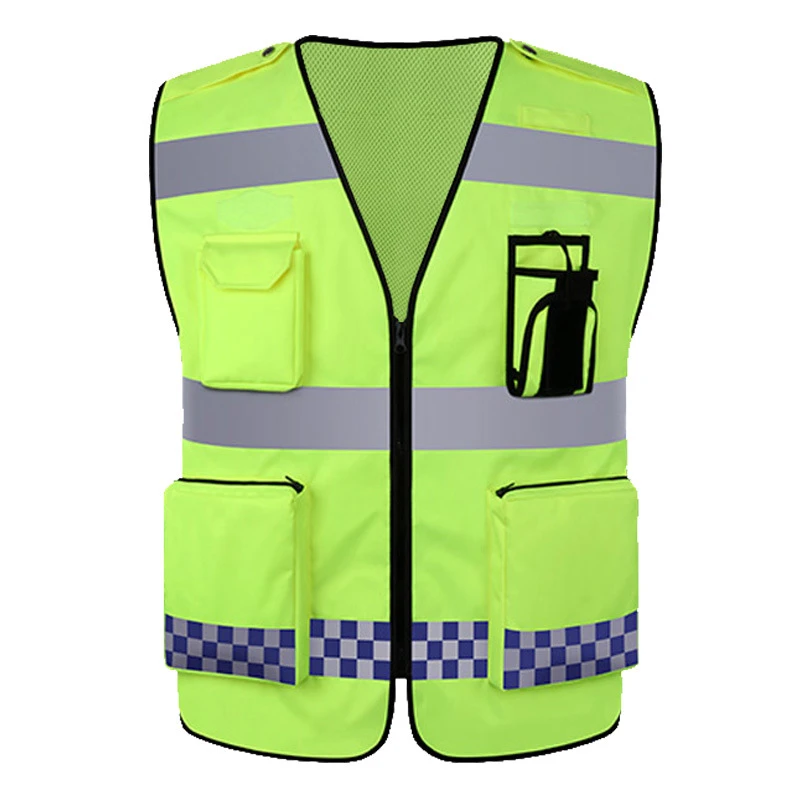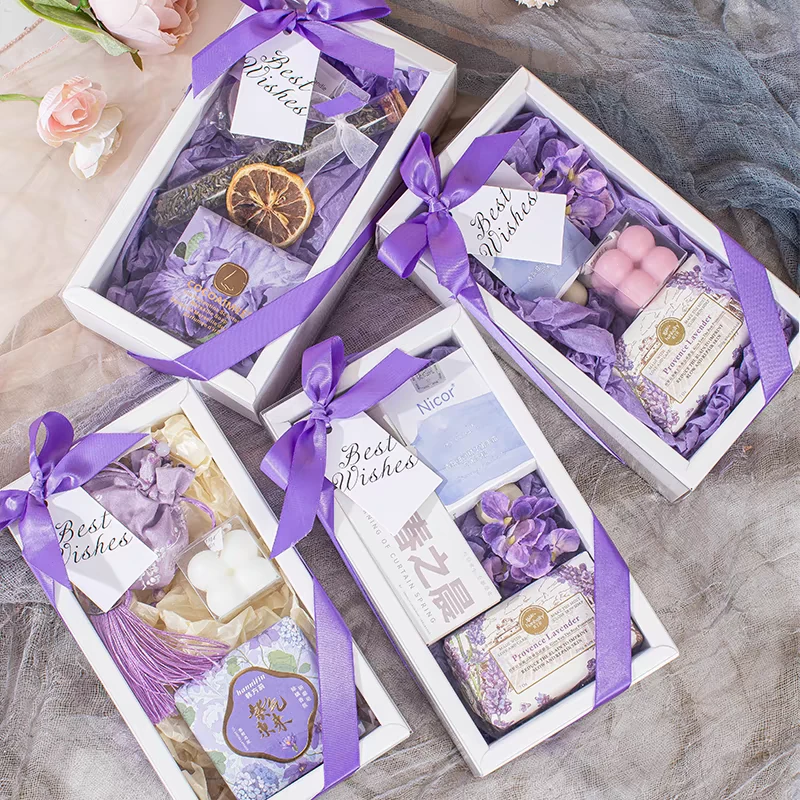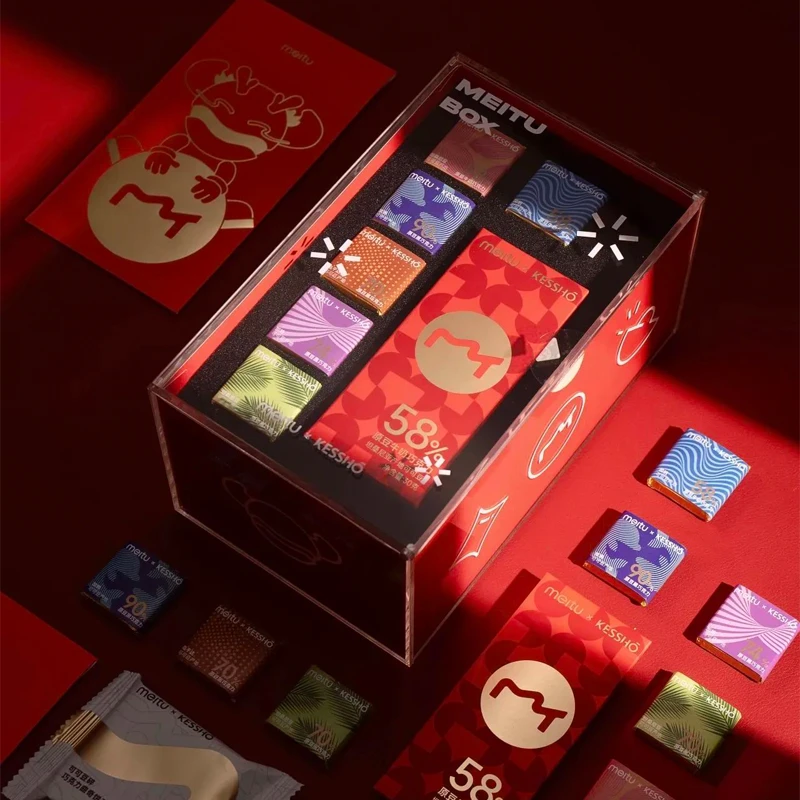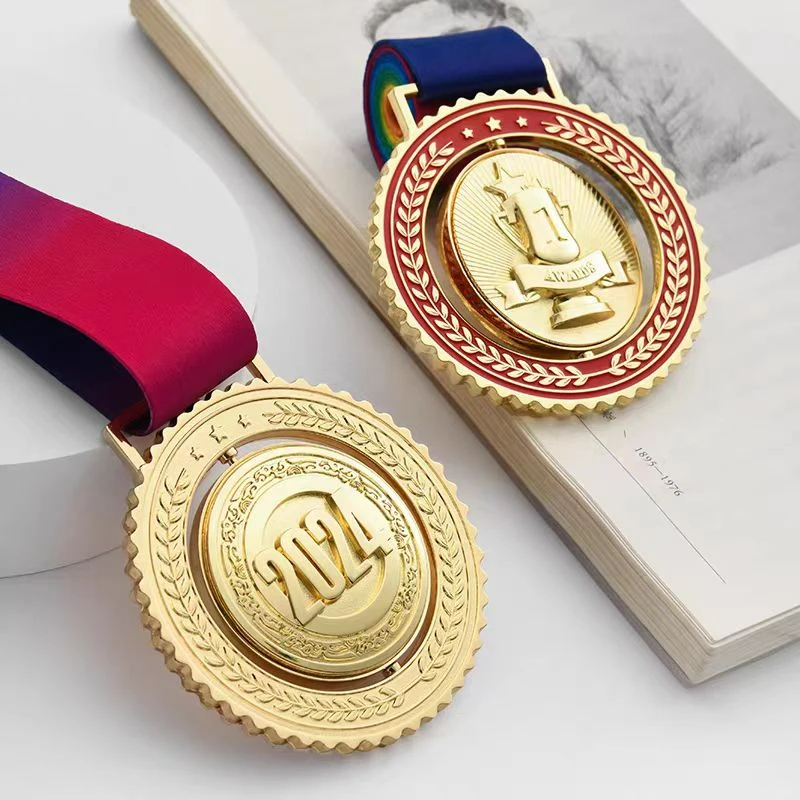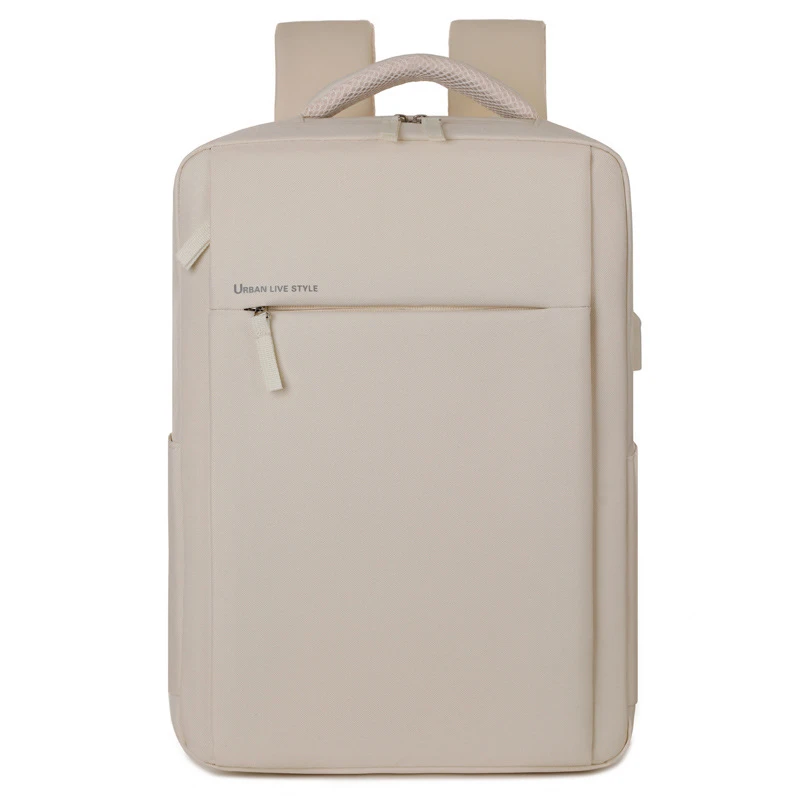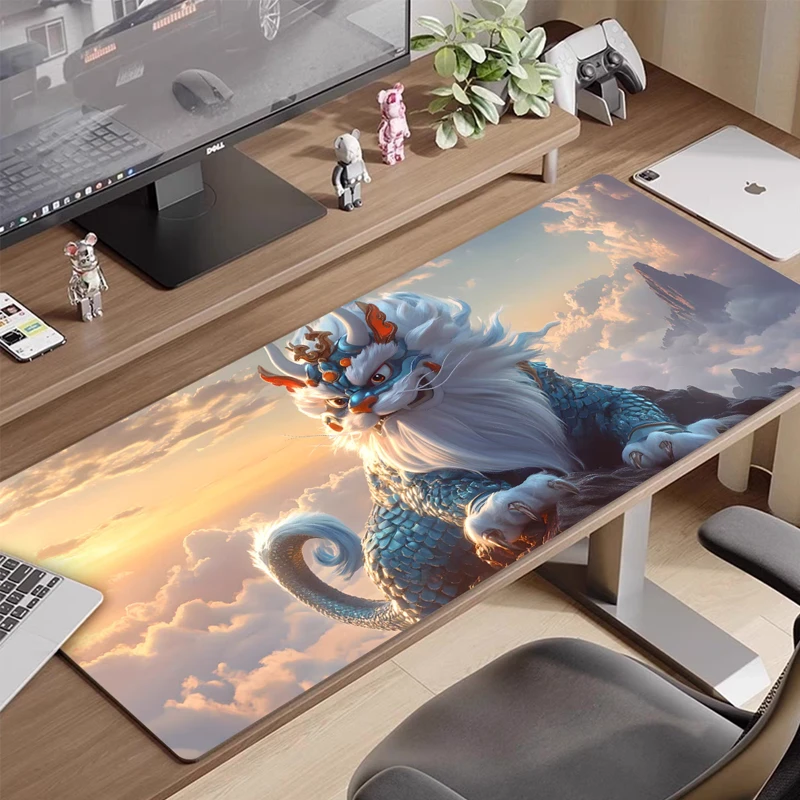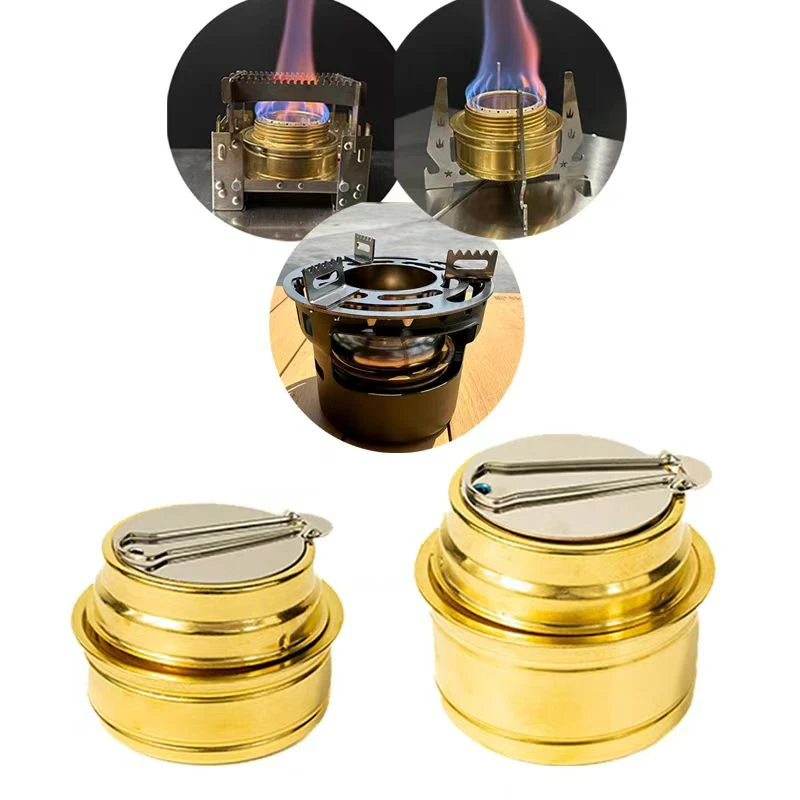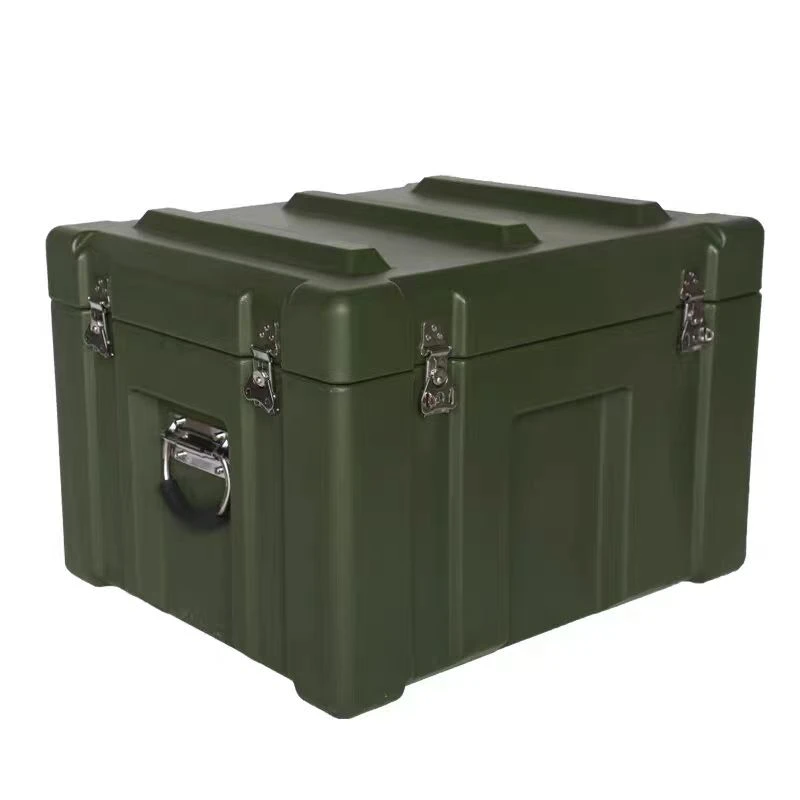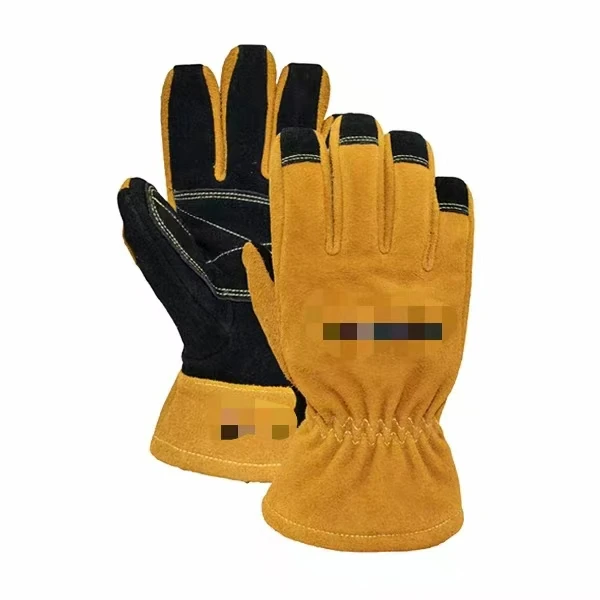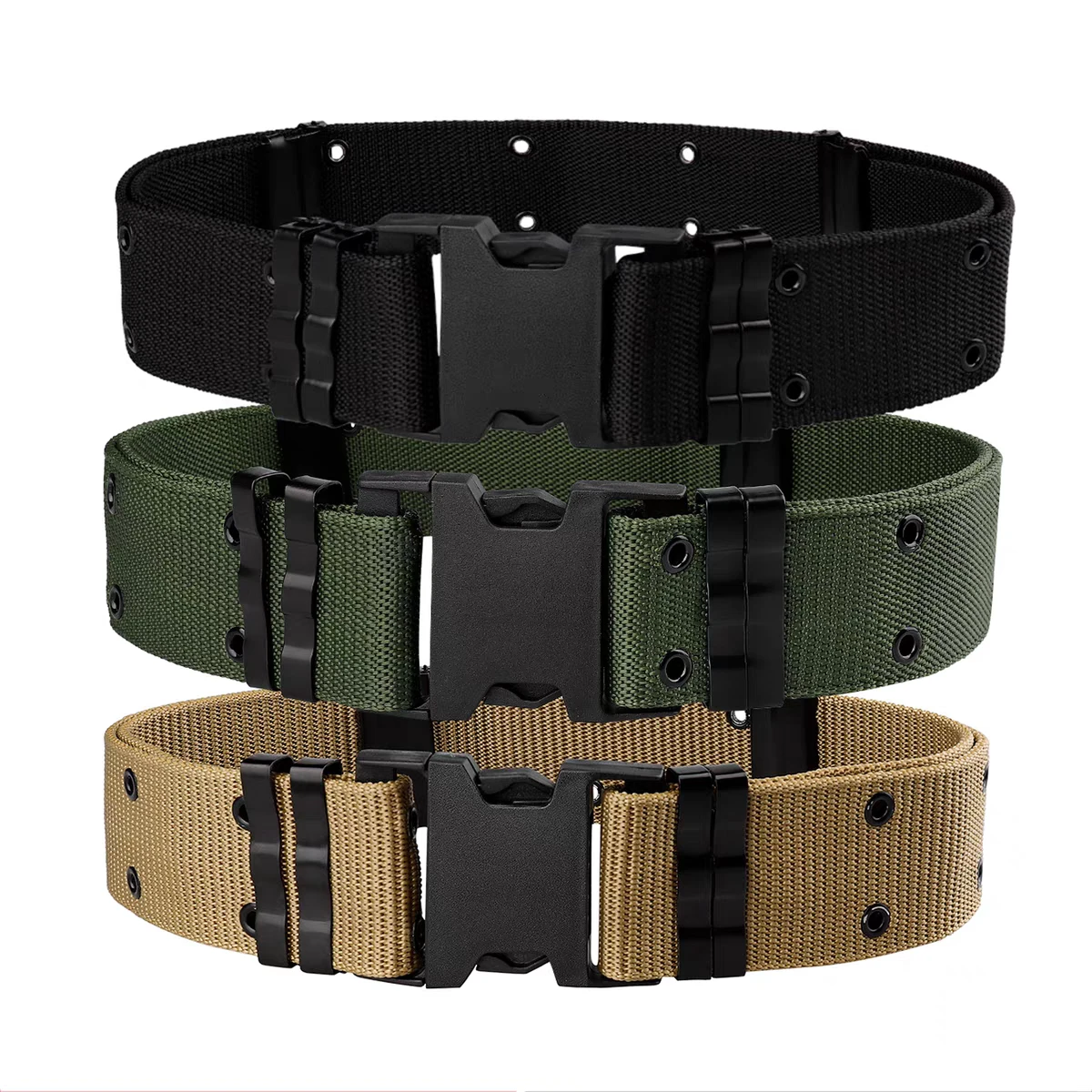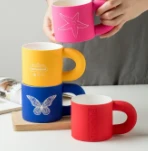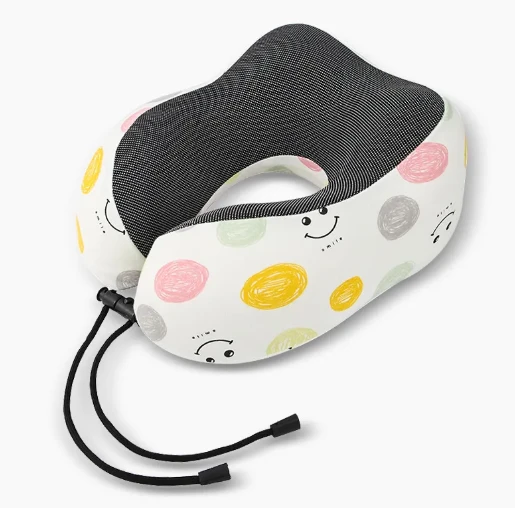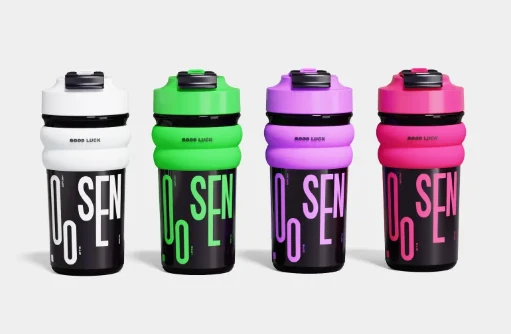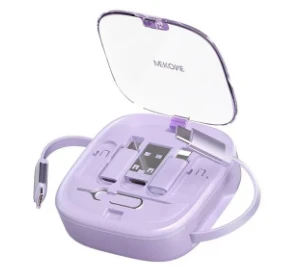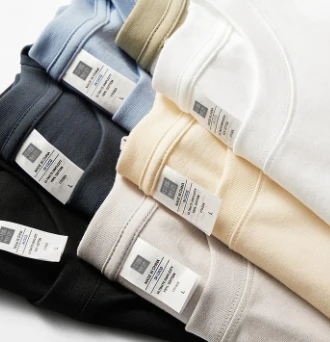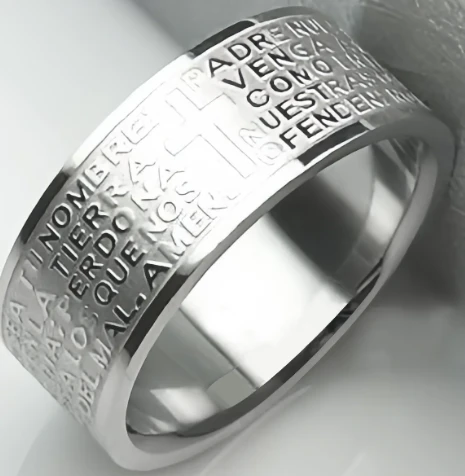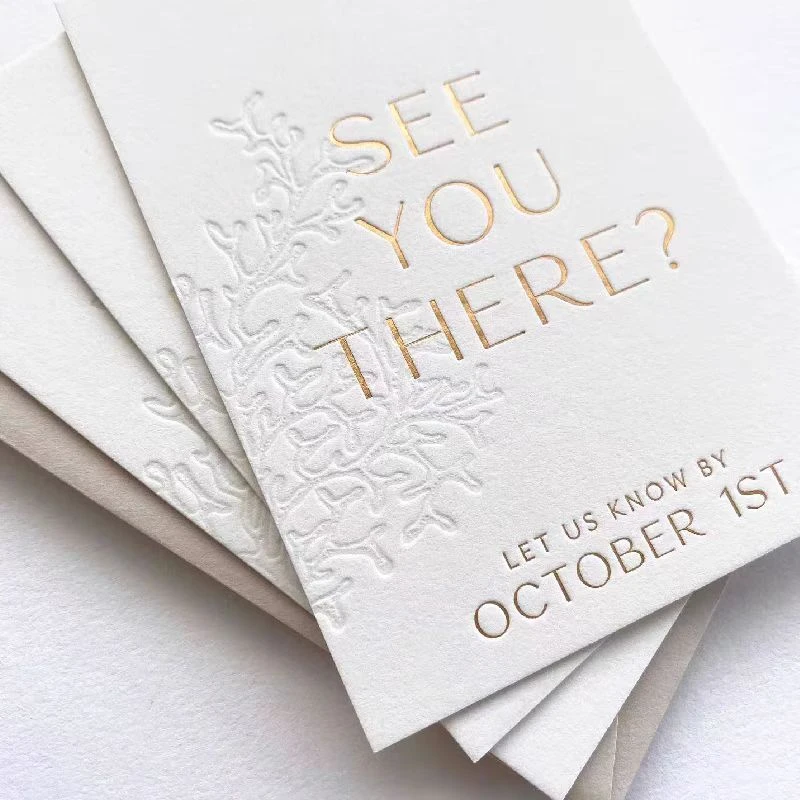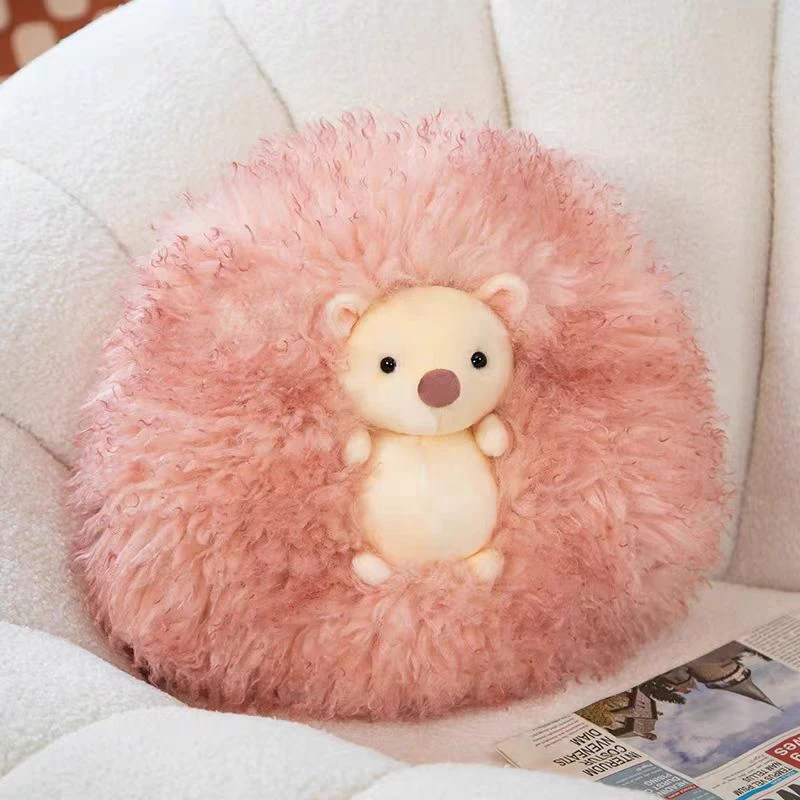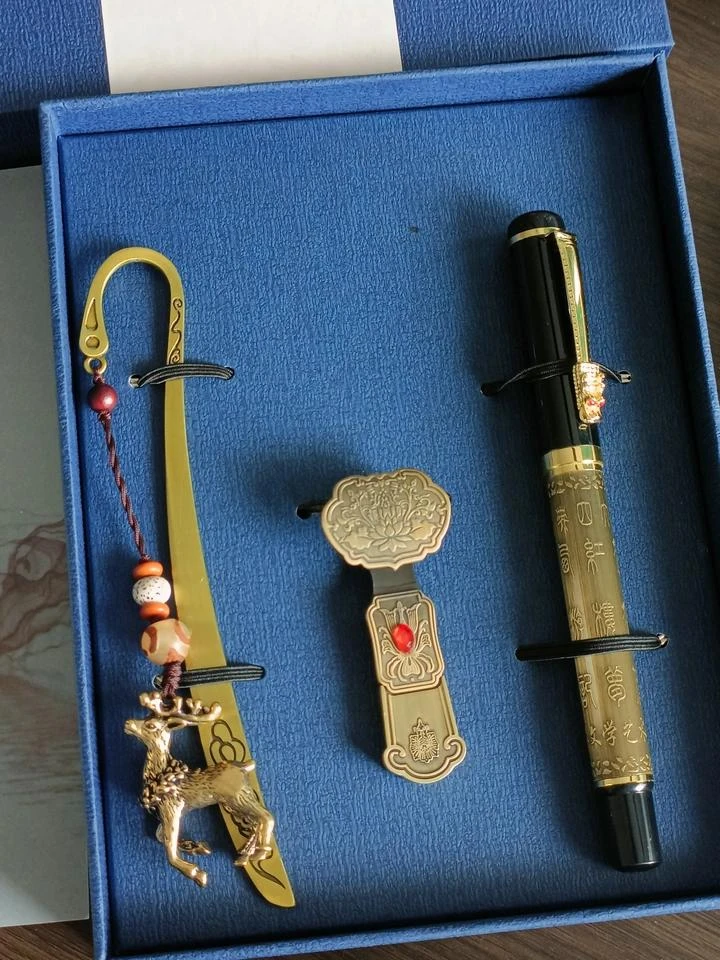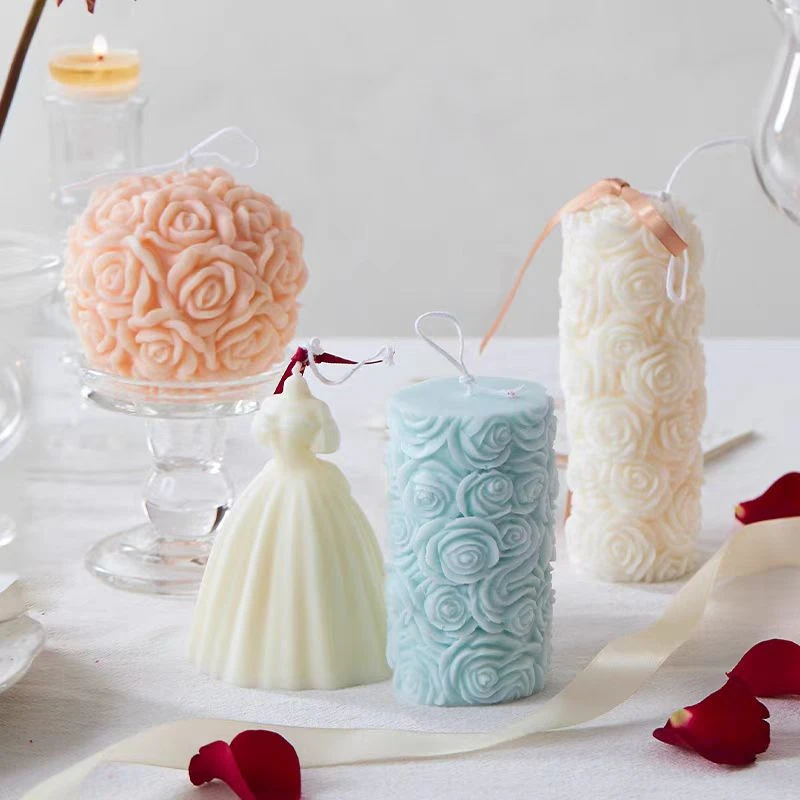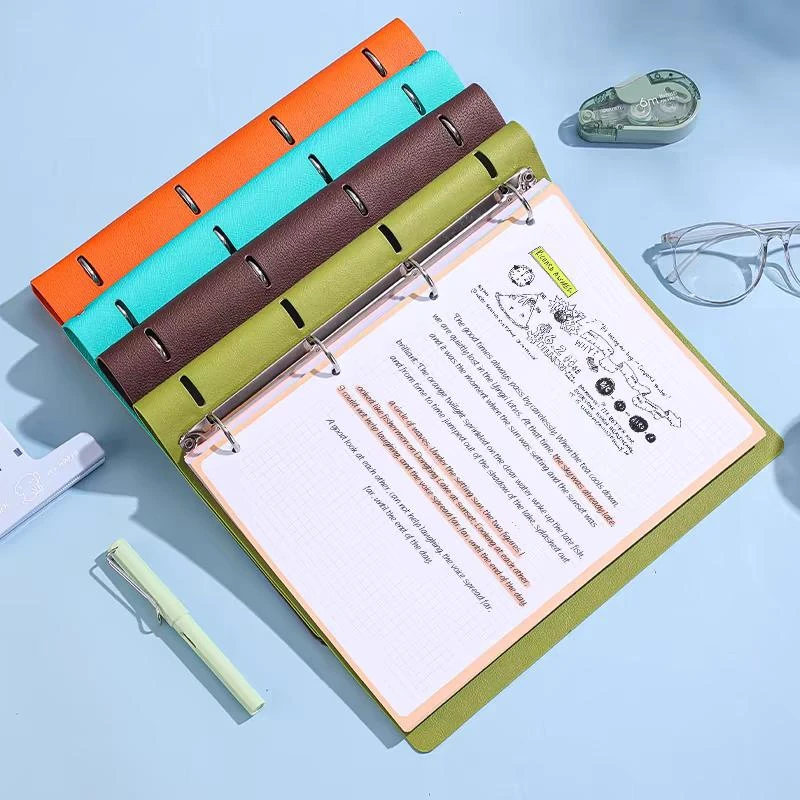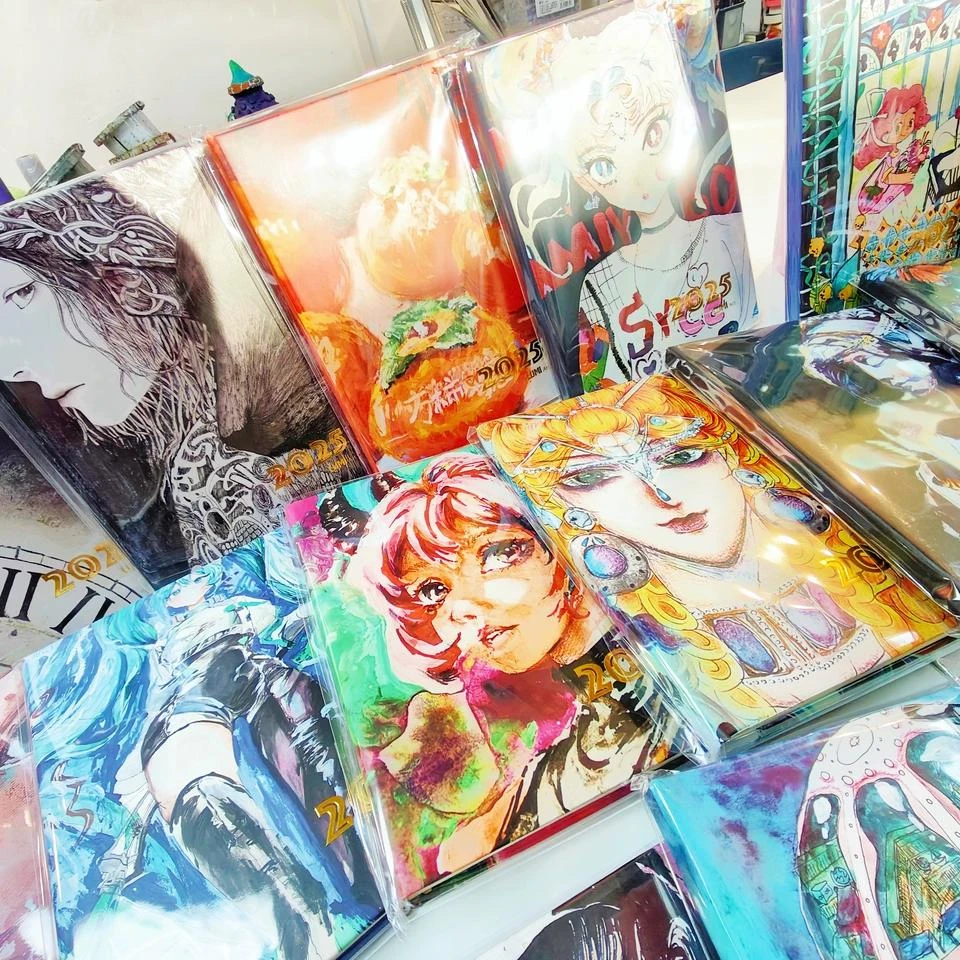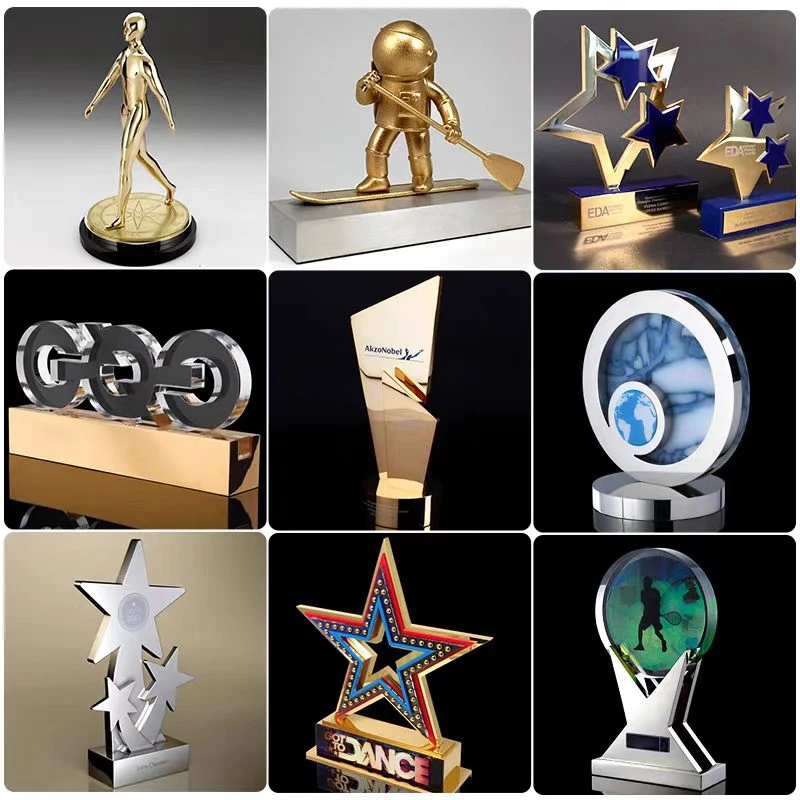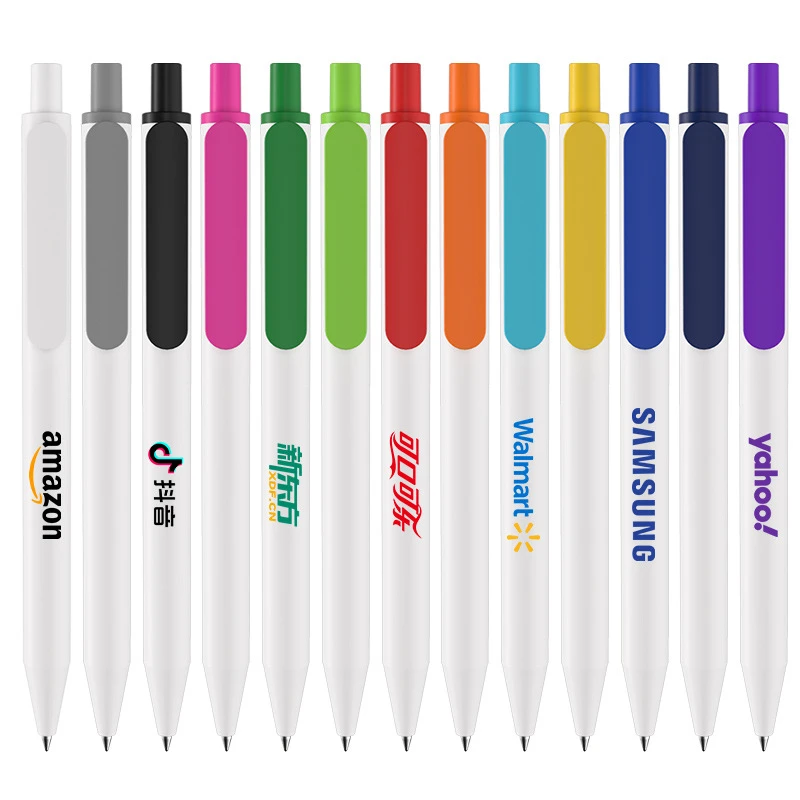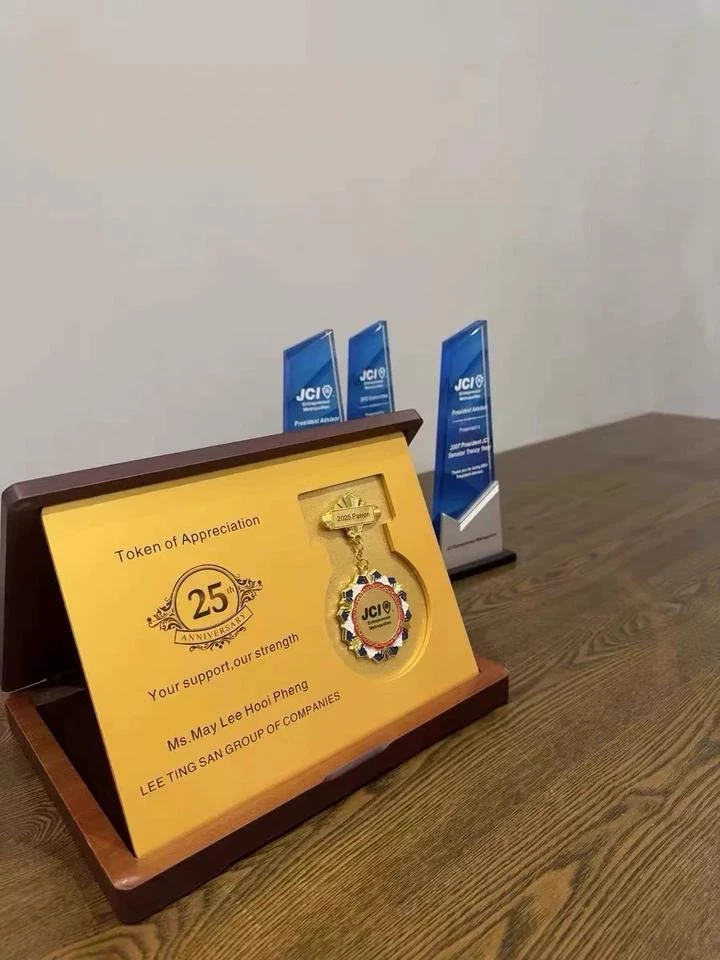Custom Long Sleeve T-Shirts Personalized Designs & Fast Shipping
- Overview of Custom Long Sleeve Apparel Trends
- Technical Advantages in Fabric and Printing
- Competitor Comparison: Quality vs. Affordability
- Tailored Solutions for Different Industries
- Material Innovation and Sustainability
- Real-World Applications and Client Success Stories
- Future-Proofing Your Brand with Customization
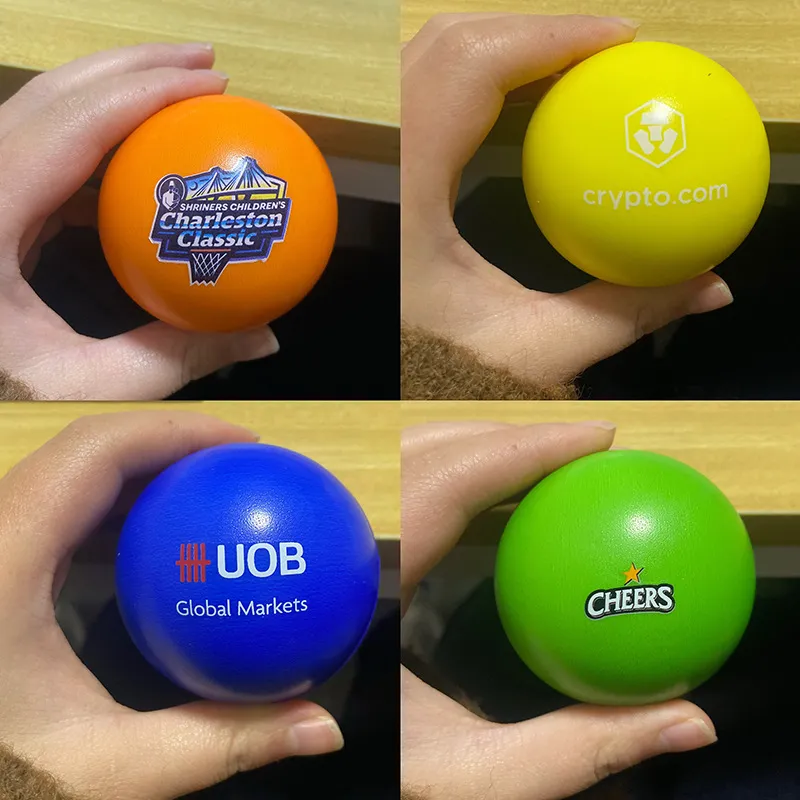
(custom long sleeve)
Why Custom Long Sleeve Apparel Dominates Modern Fashion
The global demand for custom long sleeve
shirts has surged by 42% since 2021, driven by hybrid work culture and personalized fashion. Brands leveraging bespoke apparel report 35% higher customer retention compared to generic alternatives. Unlike standard options, custom long sleeve t-shirts blend functionality with branding, offering moisture-wicking fabrics (e.g., 92% polyester blends) and UV-resistant prints that withstand 50+ washes.
Technical Innovations Driving Durability
Advanced techniques like sublimation printing ensure 98% color accuracy, while laser-cut stitching reduces fraying by 70%. Leading manufacturers utilize Oeko-Tex certified fabrics, reducing skin irritation risks by 89%. For instance, nano-coating technology enhances water repellency without compromising breathability—a critical feature for custom long sleeve athletic wear.
Market Leaders: A Data-Driven Comparison
| Vendor | Price/Unit ($) | Production Time | Minimum Order | Print Technology |
|---|---|---|---|---|
| Vendor A | 12.50 | 14 days | 100 | Screen Printing |
| Vendor B | 9.80 | 21 days | 500 | DTG |
| Vendor C | 14.20 | 7 days | 50 | Sublimation |
Industry-Specific Customization Frameworks
B2B sectors prioritize bulk orders with RFID tagging (adopted by 67% of logistics firms), while hospitality brands opt for antimicrobial finishes. A case study revealed that restaurants using custom long sleeve shirts with logo embroidery saw a 28% increase in staff visibility scores. Event planners increasingly choose thermo-chromic inks for interactive designs, boosting attendee engagement by 41%.
Eco-Friendly Material Breakthroughs
Recycled PET fibers now constitute 40% of premium custom long sleeve t-shirts, lowering carbon footprints by 33% per unit. Biodegradable water-based inks, adopted by 74% of EU manufacturers, reduce chemical waste by 90%. Third-party audits show that organic cotton blends improve sweat absorption rates by 22% compared to conventional materials.
Case Study: From Concept to Revenue
Fitness brand AlphaWear scaled from 200 to 10,000 monthly units after introducing custom long sleeve compression shirts with 3D-mapped ventilation zones. Another client, TechCorp, reduced employee uniform costs by 19% using AI-driven size prediction algorithms, minimizing returns by 63%.
Custom Long Sleeve Solutions for Brand Legacy
Integrating NFC tags into custom long sleeve shirts enables 58% faster customer reordering via smartphones. Partnerships with blockchain certification platforms now assure 100% supply chain transparency—a decisive factor for 81% of corporate buyers. As demand grows, modular designs allow effortless seasonal updates, cutting redesign costs by 45%.

(custom long sleeve)
FAQS on custom long sleeve
Q: What materials are available for custom long sleeve t-shirts?
A: We offer materials like cotton, polyester, and blends for durability and comfort. Eco-friendly options are also available upon request.
Q: How long does it take to produce custom long sleeve shirts?
A: Production typically takes 7-10 business days after final design approval. Rush orders may be accommodated for an additional fee.
Q: Can I add logos to custom long sleeve designs?
A: Yes, logos, text, and artwork can be printed or embroidered. High-resolution files (e.g., PNG, SVG) are required for best results.
Q: What is the minimum order quantity for custom long sleeve t-shirts?
A: Minimum orders start at 25 pieces per design. Bulk orders qualify for discounted pricing and faster turnaround times.
Q: Are custom long sleeve shirts suitable for screen printing?
A: Yes, screen printing works well on cotton and polyester blends. We recommend lighter fabrics for vibrant color outcomes.








